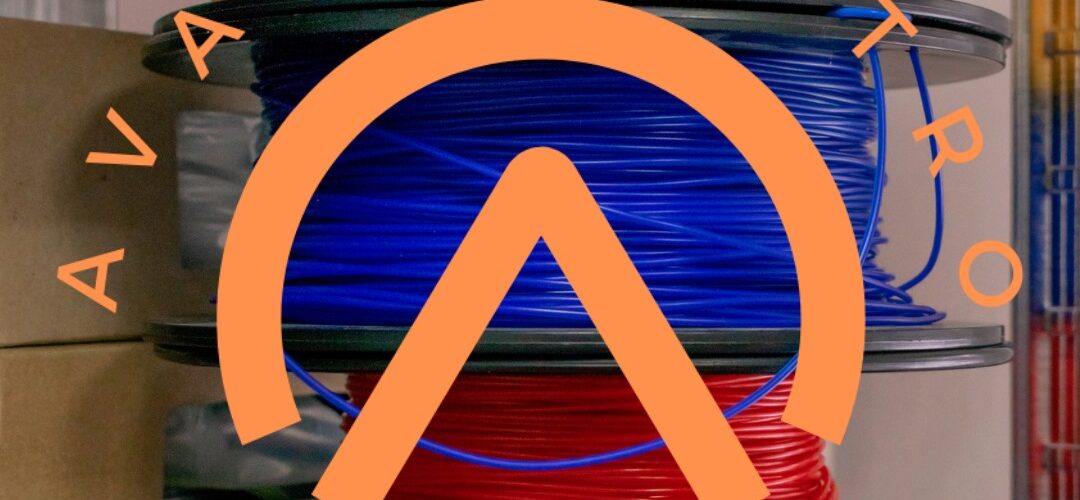How ABS Parts Illuminate Brilliance: Unveiling the Radiance Enhancement
Introduction
In the realm of modern manufacturing, the use of ABS parts has transcended conventional boundaries, not merely for structural integrity but also for an unexpected, dazzling attribute—brightness. This article delves into the intricate relationship between ABS parts and luminosity, uncovering the ways in which these components can significantly enhance brilliance in various applications.
Understanding ABS Components
ABS (Acrylonitrile Butadiene Styrene) is a polymer renowned for its versatility and resilience, commonly employed in manufacturing automotive components, electronic devices, and household appliances. While ABS is traditionally acknowledged for its robustness, its unique properties also contribute to the enhancement of brightness in specific settings.
The Interplay of Materials
ABS is a composite material that combines acrylonitrile, butadiene, and styrene. This harmonious blend results in a substance that not only boasts durability but also exhibits remarkable light reflectivity. The synergistic effect of these elements allows ABS parts to play a pivotal role in augmenting brightness within the applications they serve.
Automotive Brilliance: ABS in Car Components
Headlight Housings
One notable arena where ABS’s luminosity-enhancing capabilities shine is in the production of headlight housings. The reflective properties of ABS ensure optimal light dispersion, significantly improving the visibility provided by headlights. Manufacturers leverage this attribute to create headlight components that not only guarantee safety but also elevate the aesthetic appeal of vehicles on the road.
Interior Lighting Panels
Beyond external components, ABS parts contribute to the brilliance inside vehicles. Interior lighting panels, crafted from ABS, exhibit enhanced reflectivity, creating a well-lit and inviting ambiance. This not only adds a touch of sophistication to the vehicle’s interior but also improves overall visibility, fostering a safer driving experience.
Electronics and ABS Brilliance
Smartphone Casings
In the world of electronics, ABS takes center stage, particularly in the creation of smartphone casings. The reflective nature of ABS not only provides a sleek and glossy finish but also ensures that ambient light is efficiently diffused. This not only enhances the visual appeal of smartphones but also contributes to the readability of screens in varying lighting conditions.
ABS in LED Displays
ABS’s role in elevating brilliance extends to LED displays. Manufacturers utilize ABS parts in the construction of housing units for LED screens, capitalizing on its reflective properties to optimize light output. This results in vivid and vibrant displays that captivate audiences, making ABS a preferred choice in the realm of visual technology.
Home Appliances: ABS’s Radiant Impact
Refrigerator Exteriors
The radiance of ABS is not limited to the automotive and electronic sectors; it extends to home appliances as well. Refrigerators, with exteriors crafted from ABS, showcase a polished and luminous surface. This not only adds a touch of sophistication to kitchen spaces but also reflects ambient light, creating a brighter and more inviting environment.
ABS in Lighting Fixtures
Innovative applications of ABS in lighting fixtures further underscore its contribution to brilliance. The material’s reflective qualities enhance the efficiency of lighting systems, ensuring a well-lit and visually appealing atmosphere. ABS’s compatibility with various design styles makes it a versatile choice for crafting contemporary and stylish lighting solutions.
Conclusion
In conclusion, the integration of ABS parts in diverse industries goes beyond mere structural fortitude; it extends to the realm of brilliance enhancement. Whether illuminating the roads through advanced automotive headlight housings, gracing our homes in the form of luminous appliances, or captivating audiences through cutting-edge electronic displays, ABS’s reflective properties elevate the luminosity of the world around us.
Written by Emir Narin

